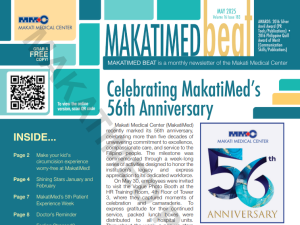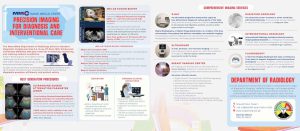You often hear “Carpal Tunnel Syndrome” being brought up in conversations, particularly when talking about being on a computer or phone for too long, but most people may not understand what the condition really is.
Simply put, Carpal Tunnel Syndrome occurs when the median nerve, located in the palm side of your hand (also known as the carpal tunnel), is compressed as it passes through the wrist because of swollen tissues. This condition can worsen over time, leading to possible nerve damage.
Who is at risk of Carpal Tunnel Syndrome?
Experts suggest that the average person has a one-in-ten chance of developing carpal tunnel syndrome, with women being three times more likely to have it than men. This risk is even higher for people who work in jobs that involve repetitive wrist movement like in manufacturing, assembly line work, keyboarding occupations, and construction work.
Other risk factors include:
- Genetics, like having a naturally smaller carpal tunnel
- Health conditions like diabetes, arthritis, and thyroid gland problem
- Repetitive overextending of the wrists and hands over prolonged periods of time
What are the signs and symptoms of Carpal Tunnel Syndrome?
The symptoms of the condition usually manifest along the median nerve path because of the compression of the said nerve. The affected hand may often go numb or experience pins-and-needles sensation. It is also possible that you have trouble performing fine movements with your hands, such as buttoning clothes or using a pen.
Other symptoms include:
- Tingling, numbness, and pain located in the area of the thumb, index, middle, and ring fingers.
- Shock-like sensations that radiate to the thumb, index, middle, and ring fingers.
- Pain and burning sensation that travel up the arm towards the shoulder
- Clumsiness caused by weakness in the hand’s muscles
In most cases, some people experience symptoms of Carpal Tunnel Syndrome even without a specific injury. As the condition worsens, these symptoms may occur more frequently or last for longer periods of time. Symptoms may also manifest during nighttime, as many people sleep with their wrists bent, causing pain that can disrupt sleep.
How is Carpal Tunnel Syndrome treated?
If you suspect that you may have Carpal Tunnel Syndrome, see a doctor, preferably an orthopaedic specialist. After asking about the symptoms, the doctor will conduct a series of physical exams to confirm the diagnosis and determine the severity of the condition.
It is advisable to seek treatment as soon as possible to alleviate the pain and possibly slow down or stop its progression.
Should the diagnosis be mild, recommended nonsurgical treatments are:
Bracing or splinting
Wearing a brace or splint is often done during night time to prevent bending of the wrist while sleeping. This is to keep the wrist in a straight or neutral position, lessening the pressure on the nerve.
Depending on the situation, the doctor may recommend daytime wear while doing activities that aggravate the symptoms.
Medication
Activity changes
Physical rehabilitation
Steroid injections
A strong anti-inflammatory agent called corticosteroid or cortisone will be injected into the carpal tunnel. This is to immediately relieve painful symptoms or alleviate a bad flare-up. However, the therapeutic effect may only be temporary.
For more severe cases or if symptoms have not lessened after some time, surgery may be an option. Generally, this procedure is called “carpal tunnel release”, which aims to relieve pressure on the median nerve by cutting the ligament that forms the top of the carpal tunnel. This will increase the tunnel’s size, therefore decreasing pressure on the nerve.
This procedure is performed in two ways: open carpal tunnel and endoscopic carpal tunnel release. Both procedures are similar in outcome and have their own benefits and possible risks associated with them, so it is best to consult with a doctor about which one is best for you.
Preventing Carpal Tunnel Syndrome
Carpal Tunnel Syndrome can be avoided by making changes to one’s lifestyle to reduce the risk of developing it.
If you have conditions such as diabetes, high blood pressure, and arthritis, treating these first can help reduce the chances of developing Carpal Tunnel Syndrome. Making a conscious effort to adjust the hand and wrist posture to avoid overextending the wrist is a vital step in avoiding the symptoms. Doing exercises for the hand and wrist will also be of help.
It is also crucial to seek medical advice from an orthopaedic specialist if you begin to display some of the symptoms, so treatment can begin before it gets worse.











